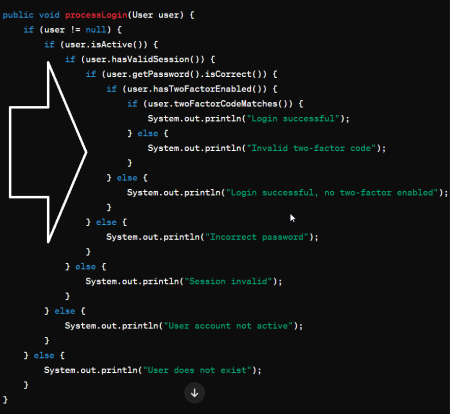Understanding the concept of prime numbers and how to identify them is an essential aspect of mathematics. A prime number is a number that has only two distinct natural number divisors: 1 and itself. In other words, if you pick a prime number and attempt to divide it by any other number except 1 and the number itself, it will always result in a fraction. The first few prime numbers are 2, 3, 5, 7, 11, 13, etc.
In the realm of programming, creating a program to check for prime numbers is a common task and an excellent way to understand basic computational logic. Today, we will delve into how to write a Python program that checks if a number is prime.
The Python Program
Python, with its clear syntax and powerful built-in functions, is an excellent language for this task. Below is a simple Python program that checks if a number is a prime number.
1 2 3 4 5 6 7 8 9 10 11 12 13 | def check_prime(n): if n <= 1: return False for i in range(2, n): if n % i == 0: return False return True num = int(input("Enter a number: ")) if check_prime(num): print(num, "is a prime number.") else: print(num, "is not a prime number.") |
Understanding the Code
- Defining the Function: The first line def check_prime(n): is the definition of a Python function named check_prime that takes an integer n as its argument.
- Edge Case Handling: The next line,
if n return False, handles the case where the input number is less than or equal to 1. By definition, prime numbers are greater than 1, so if n is less than or equal to 1, the function immediately returns False, indicating that the number is not prime. - Checking for Divisibility: The program then enters a loop starting from 2 to n - 1. For each iteration, it checks whether n is divisible by i (i.e., n % i == 0). If it is, the function returns False, indicating the number is not prime.
- Return True: If the number is not divisible by any i in the range, it's a prime number. Therefore, return True is executed.
- User Input and Function Call: The program asks the user to input a number with
num = int(input("Enter a number: ")). It then uses the functioncheck_prime(num)to check if the input number is prime. - Output: The final two lines print the result. If the number is prime, it will print "[number] is a prime number", and if not, it will print "[number] is not a prime number".
Optimizing the Code
The code above works perfectly well, but it's not efficient for larger numbers. We can optimize it by only checking divisibility up to the square root of n and by skipping all even numbers after checking for 2. Here's how to implement these improvements:
1 2 3 4 5 6 7 8 9 10 11 12 13 14 15 16 17 18 19 20 | import math def check_prime(n): if n <= 1: return False if n == 2: return True if n % 2 == 0: return False sqrt_n = math.isqrt(n) for i in range(3, sqrt_n + 1, 2): if n % i == 0: return False return True num = int(input("Enter a number: ")) if check_prime(num): print(num, "is a prime number.") else: print(num, "is not a prime number.") |
The math.isqrt(n) function returns the integer square root of n, and range(3, sqrt_n + 1, 2) only iterates over odd numbers up to sqrt_n. This reduces the number of necessary iterations significantly, improving performance for large numbers.
These Python programs are powerful tools for understanding and identifying prime numbers. The beauty of Python allows us to quickly and accurately identify these unique numbers, which play a crucial role in number theory and cryptography.
